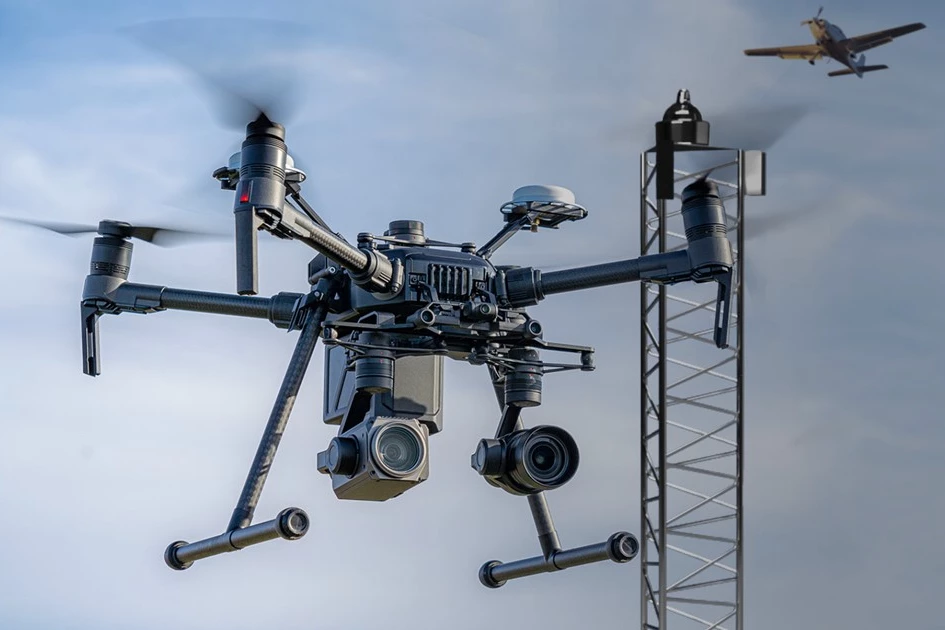If urban delivery drones ever do enter common usage, they won't just be able to fly where and whenever they want. They'll have to stick to flight corridors, such as one which is set to open west of London. It is believed to be the first one located in unrestricted airspace.
Although we have seen aerial drones experimentally utilizing designated flight corridors before, those corridors have typically been closed off to all other air traffic. While this does minimize the chances of mid-air collisions, it's also impractical to set aside numerous drone-only airspaces on a permanent basis.
Instead, UK company Altitude Angel is establishing an unrestricted flight corridor in the Thames Valley, south of the town of Reading. Called the Arrow Drone Zone, it's 500 meters wide (1,640 ft), 8 km long (5 miles), and is open to drones from any company which first completes a set of basic technical integrations – these do not involve installing any special hardware onboard the aircraft itself.
As drones fly along the corridor – beyond visual line-of-sight – they'll be tracked by Altitude Angel's UTM (unified threat management) software. Utilizing both ground-based and aerial infrastructure, this system will remotely pilot the drones. Among other things, it will ensure that they maintain a safe distance from other drones utilizing the corridor, and also that they don't collide with drones or passenger-carrying aircraft that are passing through.
Evasive action could include simply altering the drone's flight path, returning to the take-off base, performing a landing, or (in the case of multicopter drones) hovering in place. Additionally, if the need arises, a ground-based pilot can be alerted to take manual remote control of the aircraft.
Once the technology has been assessed and tweaked through this pilot project, the company plans to license the Arrow Drone Zone system to other municipalities, airports or organizations.
Source: Altitude Angel




